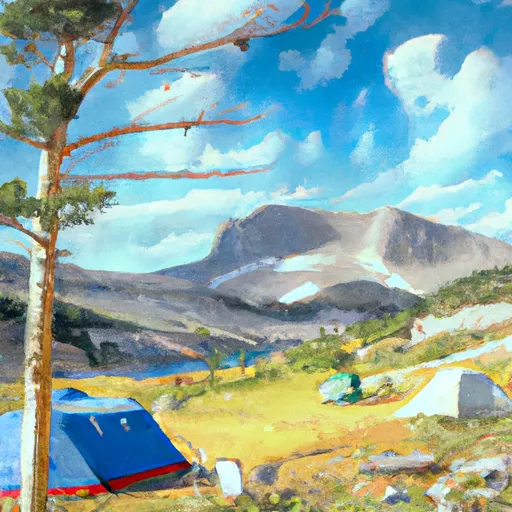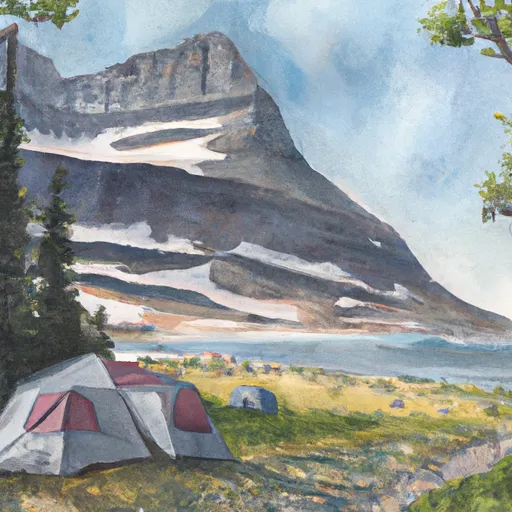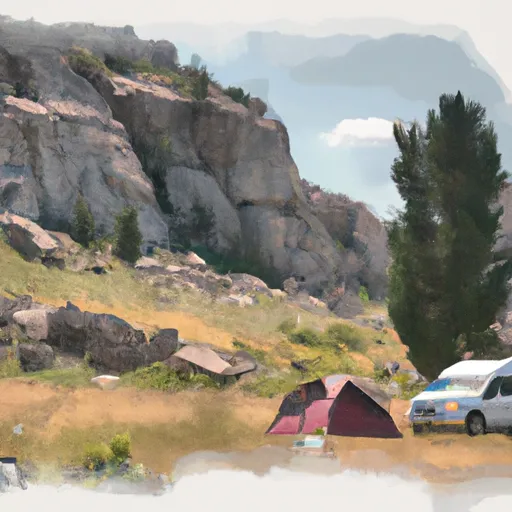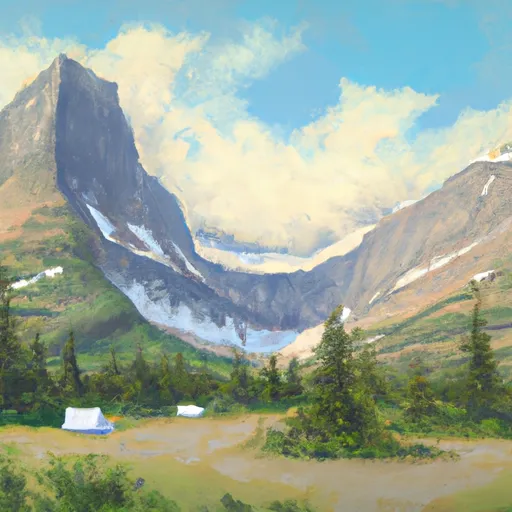2025-12-28T05:00:00-07:00
* WHAT...Very cold wind chills as low as 30 below. * WHERE...Eastern Glacier National Park and adjacent foothills and plains. * WHEN...Until 5 AM MST Sunday. * IMPACTS...The dangerously cold wind chills as low as 20 below zero could cause frostbite on exposed skin in as little as 30 minutes.
Summary
With its towering height of [elevation] feet, it stands as a challenging and rewarding mountaineering destination. Situated in [specific location], this majestic mountain offers breathtaking views and a thrilling adventure for climbers.
During the winter seasons, Mount Wilbur receives a substantial amount of snowfall, creating a diverse snowpack range for outdoor enthusiasts. This makes it an attractive destination for winter sports such as skiing and snowboarding. The snowpack can vary in depth and consistency depending on the specific weather patterns of each season, ranging from light and fluffy powder to compacted snow. It is important for mountaineers to be well-prepared and equipped with the necessary safety gear when traversing the mountain during the winter months.
Mount Wilbur contributes to the flow of several creeks and rivers in the surrounding area. [Specific creek or river names], fed by the mountain's runoff, provide essential water sources for nearby ecosystems and communities. Additionally, the mountain's meltwater contributes to the overall water supply of the region.
The name "Mount Wilbur" has an interesting history and lore associated with it. [Research needed to provide accurate information about the name's origin and any legends or stories]. These historical and cultural aspects add to the fascination and allure of this remarkable mountain in the Rocky Mountains.
Weather Forecast
Regional Streamflow Levels
3,790
Cubic Feet Per Second
1,650
Cubic Feet Per Second
7,120
Cubic Feet Per Second
14,900
Cubic Feet Per Second
Area Campgrounds
| Location | Reservations | Toilets |
|---|---|---|
 Helen Lake
Helen Lake
|
||
 MANY GLACIER
MANY GLACIER
|
||
 GRANITE PARK
GRANITE PARK
|
||
 Granite Park campsite
Granite Park campsite
|
||
 Many Glacier campground
Many Glacier campground
|
||
 Many Glacier - Glacier National Park
Many Glacier - Glacier National Park
|
